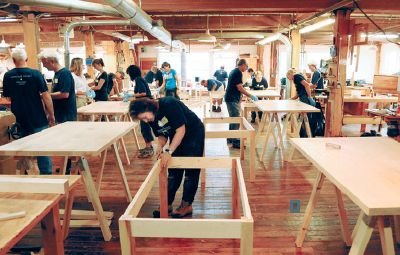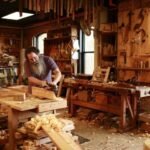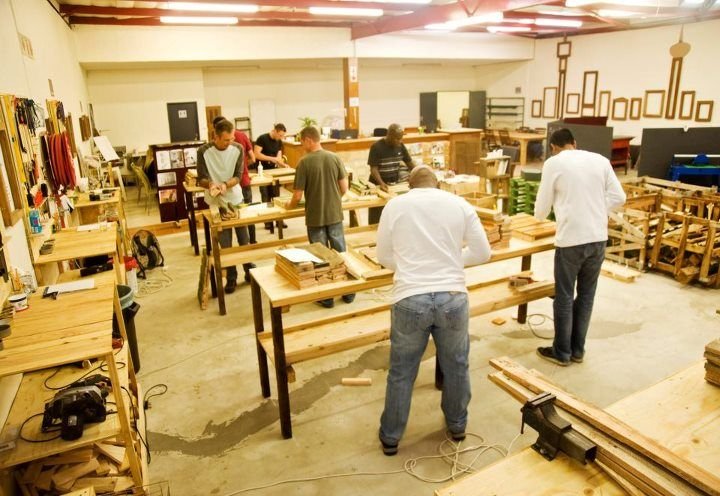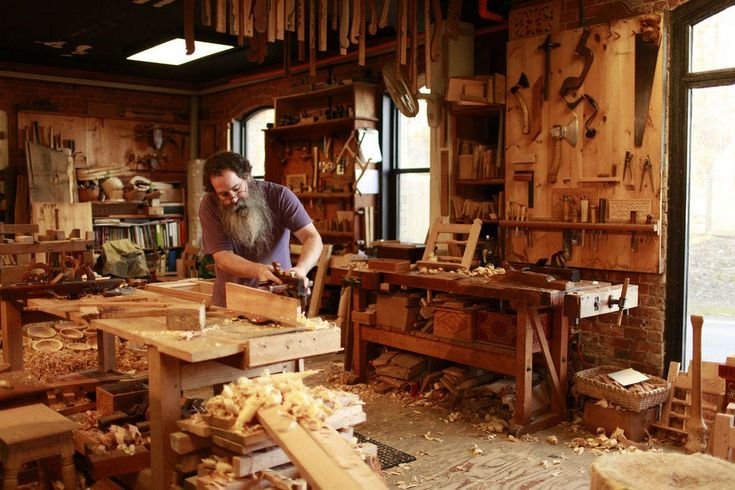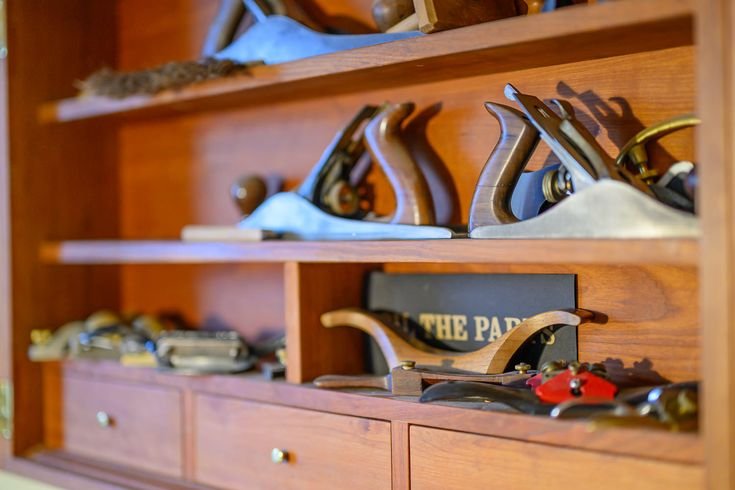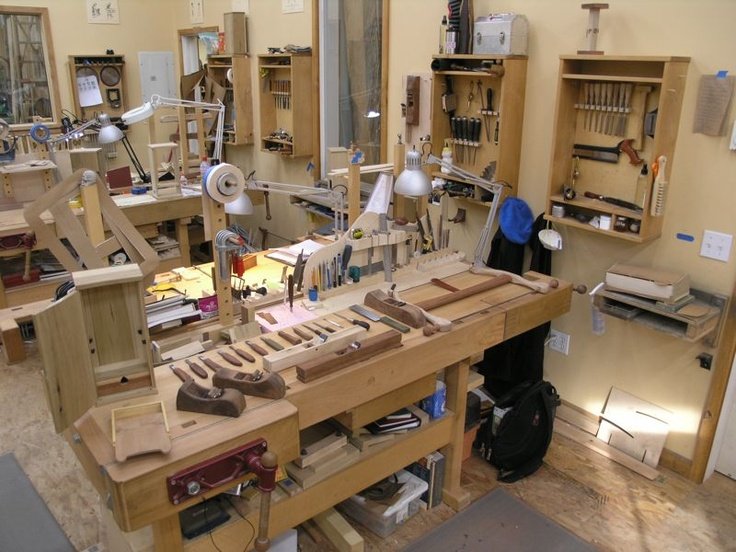Grain and Grit: The Heartbeat of Woodworking
Sipping my morning coffee, the aroma of roasted beans mixing with freshly cut pine fills the garage workshop. It’s a weird blend of serenity and chaos as I stare down a chunk of oak that, frankly, is giving me a run for my money. I can practically hear my dad’s voice echoing in my head. “It’s about the grain and grit, son. You’ve got to learn to work with it.” Yeah, he said that a lot back when I first picked up a chisel.
I remember my first big project. I decided I was gonna make a dining table. Simple enough, right? I was so pumped, I could barely sleep the night before. I mean, a dining table— that’s like, the heart of the home, isn’t it? But man, did I not know what I was getting myself into. My garage had this musty smell, a concoction of oil from machines and bags of sawdust I thought I’d clean up someday… if I ever found time, of course.
A Messy Start
So, there I was, armed with my power sander—an off-brand I got at a yard sale because, honestly, it was cheap and looked like it could still do the job. I jammed it onto that piece of oak, expecting miracles. What I got instead was an awful racket that sounded like a banshee under water. I’ll never forget the moment the sander snagged and almost pulled my arm clean out of its socket. I laughed out loud when I saw my reflection in the window—hair all frazzled, absent-mindedly gripping this tool like I was wrestling a greased pig.
After wrestling with the sander for a while—a solid hour, maybe—I realized the wood was starting to look more like a patchwork quilt than a dining table. The grain was all over the place. Some spots were smooth as butter, and others looked like I’d taken a cheese grater to it. And then the grit! I had no idea what I was doing with the sandpaper, using way too coarse a grit for what I wanted to achieve.
Lessons from the Grain
I almost gave up then and there. I mean, who was I kidding? A dining table? What did I know about grain patterns and sandpaper? But then I took a breath, sat on my makeshift bench for a moment, and thought about why I started this whole thing. I wanted something that felt real, something I could call my own, that would hold a story—my story. So, I took a step back and really looked at that wood.
Turns out, the richness of the oak messed with my head. The swirls, the lines, they told a tale. I began to pay attention, and each time I switched out the sandpaper—starting with that rough 60-grit and finally getting to a smooth 220—I learned the dance of the wood grain. It’s almost like reading a book, you know? Those grain patterns, they held info. The more I sanded, the more the wood opened itself to me. Kinda poetic when you think about it.
Grit and Grind
As if that wrestling match wasn’t enough, let’s talk about glue and joints because, oh boy, did I mess that up too. I thought the whole thing would be simple enough, just some wood glue and clamps, right? But I hadn’t done my homework on how to align the pieces. I laid them out, clamped ‘em down, and waited. I had this vision in my head of it looking all sleek. But when I looked again, my corner was off by what felt like a mile. I laughed when I finally stepped back and noticed it was more of a trapezoid than a rectangle.
It took me a good afternoon, a ton of cursing, and a few YouTube videos to figure out that clean joints require more than just brute force. I learned about square edges, and I started measuring obsessively, like my life depended on it. I won’t lie; I had my share of frustrations, like when I ran out of clamps halfway through and had to MacGyver my own using scrap wood and some rubber bands. Don’t even ask how that turned out.
The Joy of Creation
After many evenings spent elbow-deep in wood shavings and sawdust clouds, the table finally came together. I still remember the sound of the first real scrape of the chisel against the edge—the music of progress. And when I laid the final finish—a beautiful rub of tung oil that brought out those deep caramel colors—man, I couldn’t believe it was actually me who created this piece.
I remember that moment when I slid my hands over the tabletop for the first time. It was smooth, slick like a stone at the bottom of a creek. I couldn’t stop smiling. I just stared at it, imagining family dinners, friends, all those memories yet to come.
Final Thoughts
So here’s the thing. If you’re sitting across the table from me, listening to this with a steaming cup of coffee in hand and wondering if you should dive into woodworking—just go for it. Don’t stress too much about the grain and grit at first. You’re gonna mess up, trust me—just about everyone does. But those mistakes? They’re part of the journey. They teach you to respect the wood and ultimately, yourself as a craftsman.
Every scratch, every imperfection adds character. It’s not just about building something; it’s about learning, connecting with your work, and finding yourself along the way. So pick up that piece of wood and make something—anything. You might just surprise yourself.

